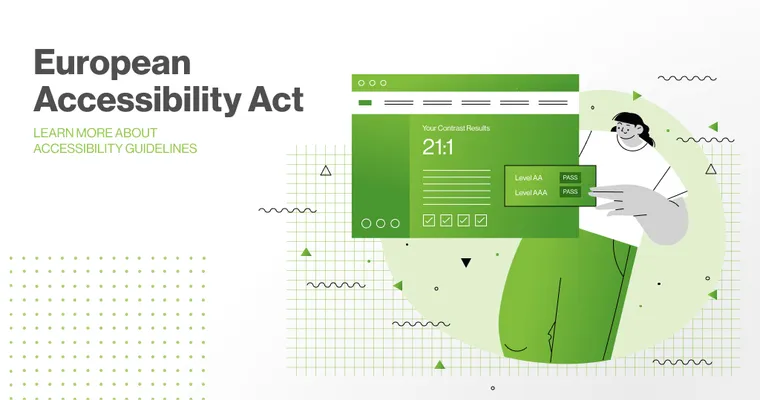In this post, we’ll look at a critical element of search engine optimisation; Technical SEO. This has become a fundamental and sometimes overlooked area of SEO but we’ll explain why it’s more important than ever below.
Technical SEO contains many topics we could dive in to, but by understanding the key elements, it should allow you to gain an understanding of what it is and best practices to follow. As you would have seen in or SEO Audit post, technical SEO was listed as a key element along with on-page and off-page optimisation.
So, what exactly does it mean? Essentially, the technical health of your site indicates how well Google and other search engines can crawl and index the information on your website. If they encounter any issues, these will be flagged as errors or warnings in Google Search Console.
By resolving these issues, you’ll ensure your site is in good standing from a technical sense and means that the site crawlers can index your site fully without any obstacles. Some of the common issues you’ll need to address are as follows:
- 404 errors – nobody likes seeing these, especially soft 404s. You can manage 404s by implementing 301 redirects
- 5XX errors – server errors or timeouts which are blocking access to pages
- noindex issues – noindex is commonly used to block access to a page that you do not wish to be indexed (such as private or secure pages). If you submit a url in the sitemap but it includes a noindex tag then you’ll need to address this
- blocked by robots.txt – another method to block access to a page. You can see more here – https://support.google.com/webmasters/
- Mobile Usability – Google analyse each page and flag any anomalies that may cause a poor user experience on mobile. For example, if clickable elements are too close together, if a page is not fully mobile responsive, text is too small to read and so on. Keeping your site fully mobile responsive ensures a good user experience, decreased bounce rate and just an overall better experience for your website users.
Most of the errors above can be viewed on the Index Coverage Status report within Google Search Console – https://support.google.com/webmasters/
This brief overview of technical SEO should hopefully give more understanding of the variables a search engine goes through in order to show your website on Google.
At 2Cubed Web Design & Development, we can assist you with any of the needs above, allowing you to ensure your website is in good technical standing. We offer a number of services to help you grow your online presence. Check out our list of services – https://2cubed.ie/services/



